How to kill maggots in a bin - What to do and how to keep them away in the first place
Tell them maggots to mag-go away

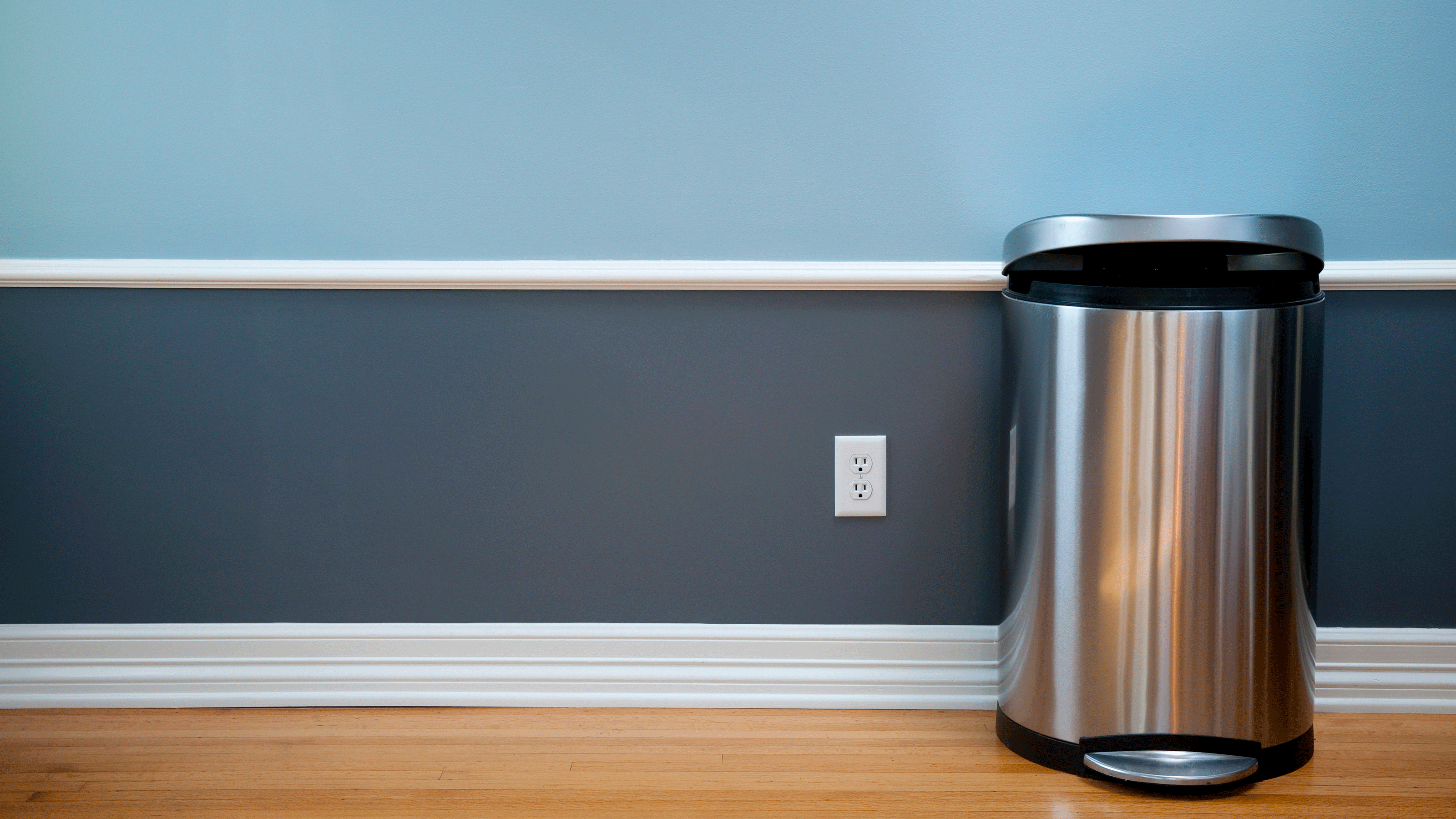
If you’re spending your day Googling what kills maggots in a bin, we’re going to go ahead and assume that this research isn’t for pleasure. But don’t worry, you’re not the only one suffering from these wriggly critters.
Unfortunately, many homeowners deal with pests on a regular basis. From battling how to keep foxes out of the garden to keeping slugs out of the house, it seems as though animals feel entitled to live in our house rent-free. But in a cost-of-living crisis, we don’t want these freeloading squatters getting food and board without paying their fair share. And that’s why it’s important to make sure maggots understand that they’re unwelcome.
How do you kill maggots in a bin, though? We asked the experts for their advice, and they’ve shared the best tips and tricks for killing maggots whether they're in your wheelie bin (we've all been there) or in your kitchen bin (you have our deep sympathies).
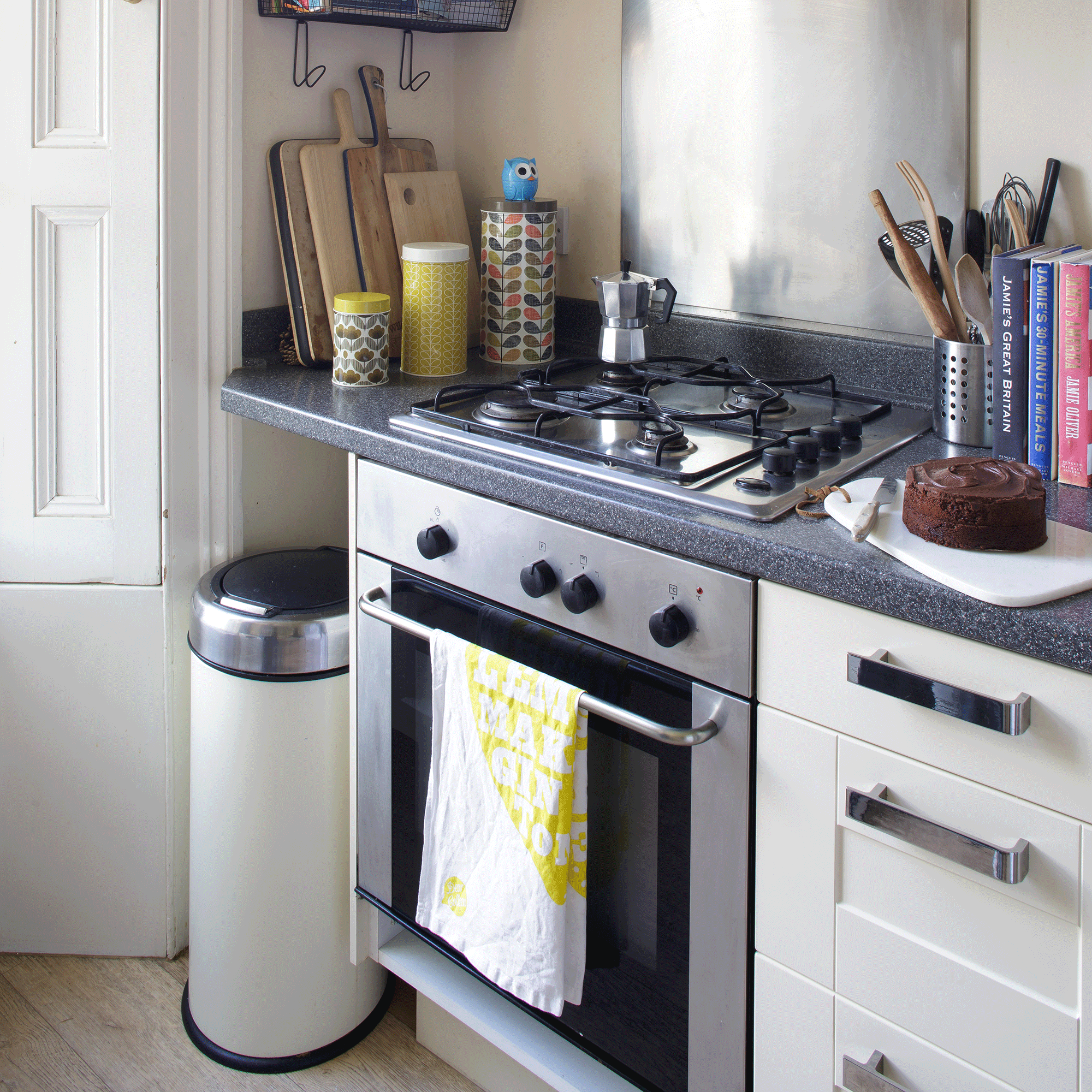
What kills maggots in a bin
Bins aren’t the most glamorous additions to your home, but they are necessary. Therefore, it’s not possible to simply set fire to a maggot-ridden bin and call it a day. You need to work on killing the maggots and then keeping them at bay instead.
1. Use salt
The average lifespan of a maggot is around 10 days. But as maggots are fly larvae, those maggots will soon turn into flies - leaving you with an even bigger problem of how to get rid of flies. However, one of the easiest ways to kill maggots in a bin is to kill them with salt.
Salt is a natural dehydrator, and dehydration is one of the quickest ways to kill a maggot. To do this, sprinkle salt around the rim of your bin, on top of the bin bags, or sprinkle salt directly onto the maggots. Before too long, they’ll be dead.
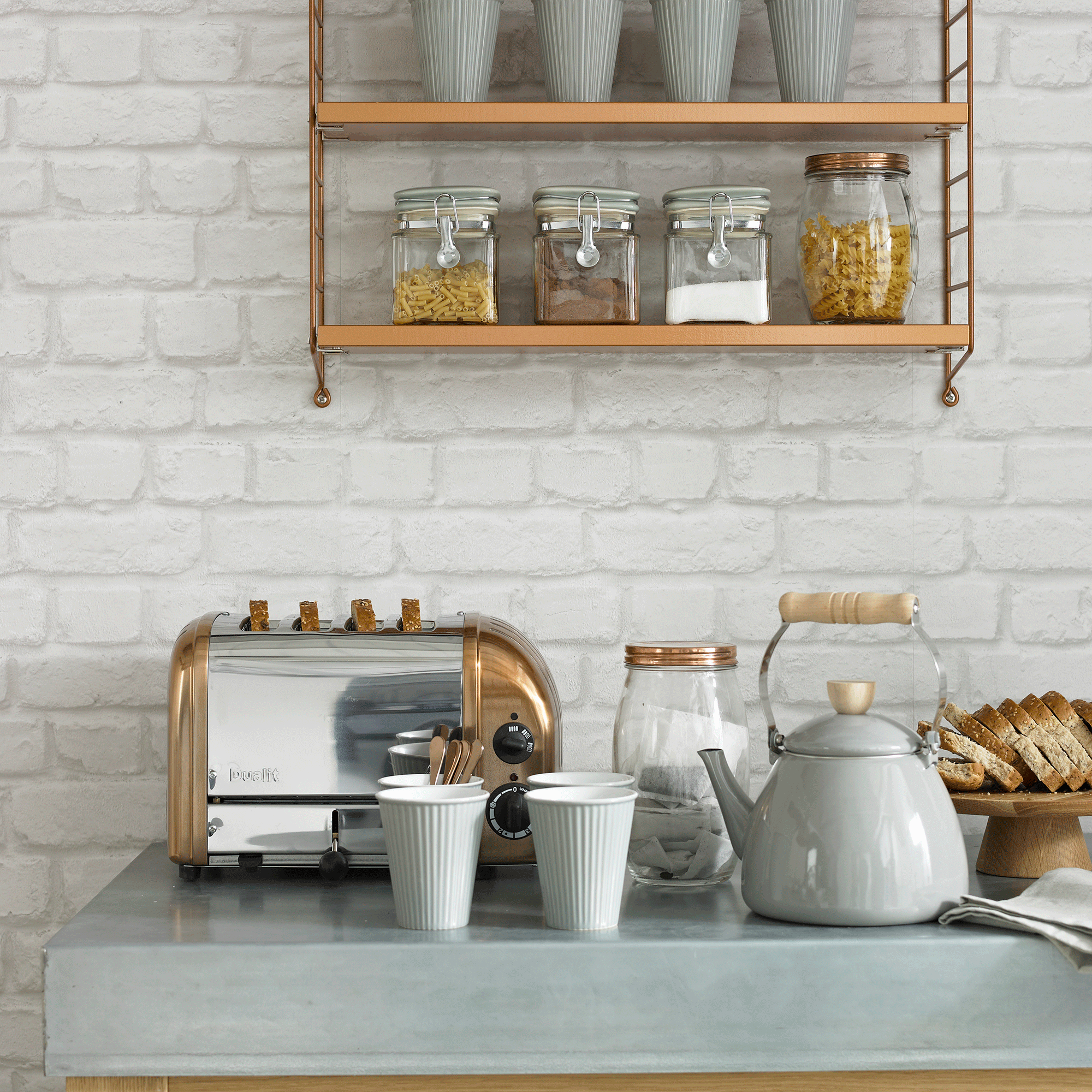
2. Use boiling water
If you have maggots in your bin, you can kill them next time you make a cuppa. That’s because maggots will die instantly when they’re met with boiling water. And all you have to do is pour this water into your bin.
Sign up to our newsletter for style inspiration, real homes, project and garden advice and shopping know-how
‘Once the bin has been emptied, pour in a few kettles of boiling water and swirl the hot water around,’ says Adam Juson, co-founder Merlin Environmental. ‘Put the lid on for a while to allow the steam to get things nice and toasty. Then, pour the hot water out, slowly rotating the bin as you pour so the hot water flows over all of the inner sides of the bin, giving them a bit of a wash on its way out.’
Of course, you can get rid of the dead maggots at the bottom of the bin, but you could also leave them for bin collection day, too.
3. Use an all-purpose cleaner
With a name like all-purpose cleaner, you’d expect this cleaning product to do it all. And, to be honest, it does! Not only can you use an all-purpose cleaner to clean your tumble dryer, but it also works wonders as an insecticide.
By mixing one part all-purpose cleaner with four parts boiling water, you can create a very effective solution to your maggot infestation. All you have to do is pour it onto the maggots, and the maggots and their eggs will be dead time. Plus, it’ll give your bin a little clean in the process.
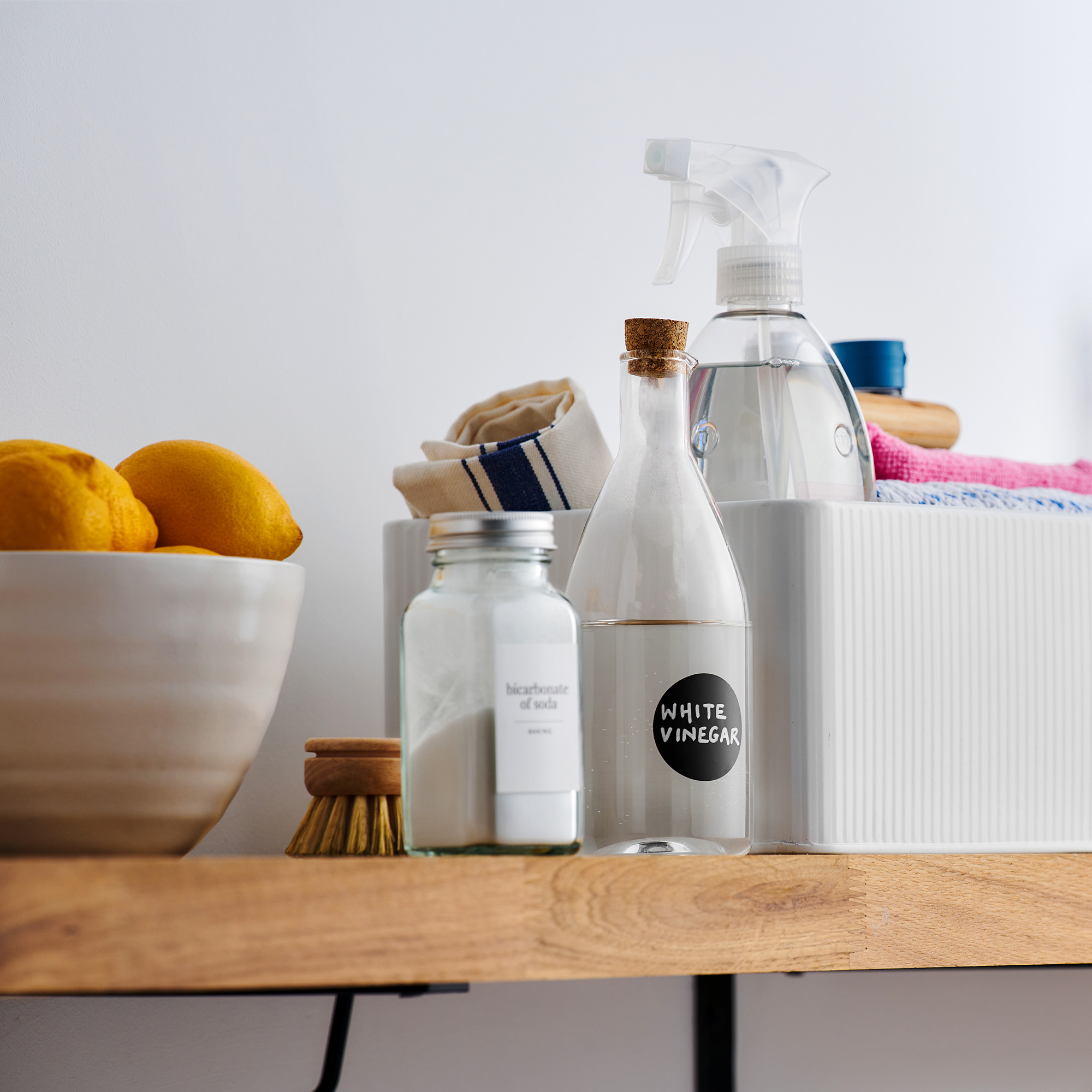
4. Use cinnamon
If you have extra time to spare and you don’t need to kill maggots in a bin instantly, cinnamon is also a great option. That’s because most insects hate the intense smell of cinnamon, and the chemical makeup of this spice can even prevent insects from laying their eggs in that location.
To do this, simply sprinkle cinnamon powder into your bin and onto the maggots. And while it can take up to six hours to kill them using the powder alone - mixing the powder with boiling water will speed up the process.
If you’ve got some of this spice left over, you can use cinnamon powder to give your plants a boost, too!
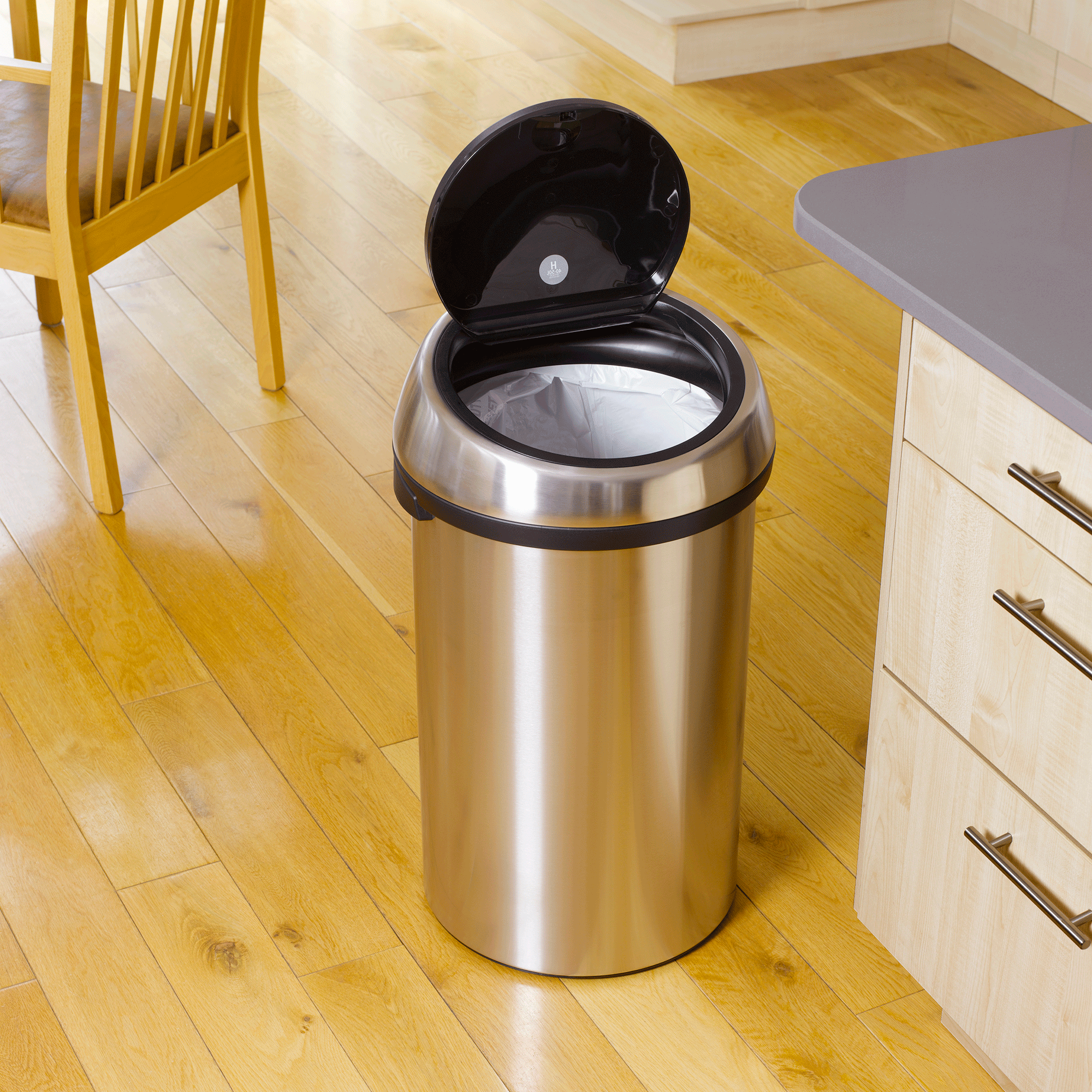
5. Use fly spray
Since maggots are essentially just flies before they really become flies, using a fly spray to kill maggots in a bin does make sense. Using this is pretty simple, too.
All you need to do is empty out your bin and spray the maggots left at the bottom with the fly spray. Leave it for around 30 minutes, and let the magic happen.
When all of the maggots are dead, remove them from the bin and then turn your attention to keeping maggots away from your bin in the first place.
How to keep maggots away from your wheelie bin
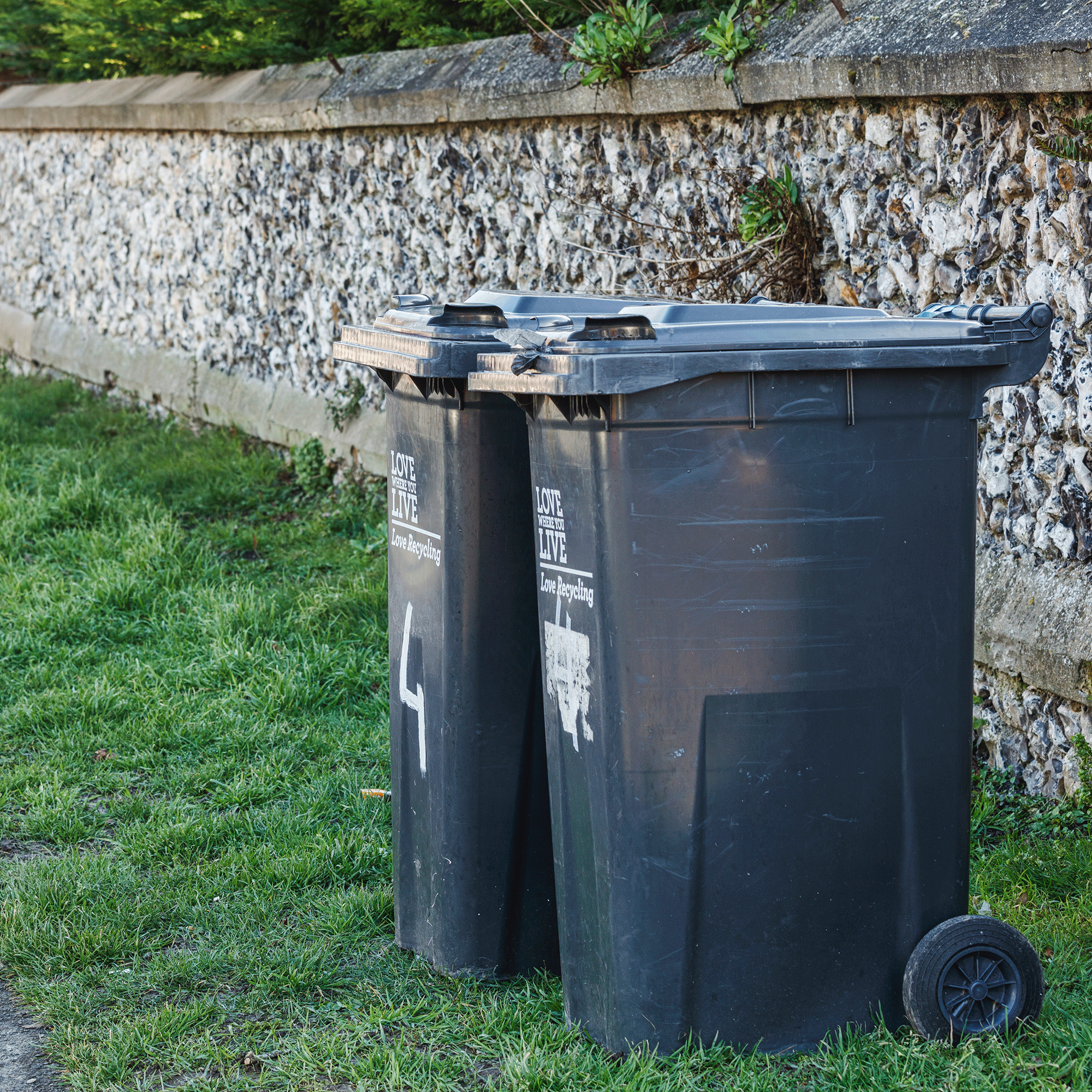
As wheelie bins aren’t inside the house and they get emptied every week by the council, many people forget to take care of them. But it’s important to give them some TLC if you don’t want it to turn into a maggot hotel.
Keep the lid shut: If you have a busy household, one wheelie bin might not be enough. However, overfilling your wheelie bin is a surefire way to find yourself with a maggot infestation. To keep maggots at bay, try and keep the lid firmly shut at all times. You could even take advantage of one of these wheelie bin storage ideas.
Squeeze the air out of bin bags: How much thought do you put into tying up your rubbish bags? If you want to keep maggots out of your wheelie bin, you should always squeeze the air out of them. This will slow down the rate of decomposition and ultimately be less attractive to maggots.
Store it in the shade: If you have a north-facing garden and therefore store your wheelie bin facing south, it probably gets constant sun. This will entice maggots, as the heat and the sun will speed up decomposition. So, aim to store your wheelie bin in the shade instead.
Double-bag your waste: It may sound simple, but double-bagging your waste - especially your food waste - will create a tougher barrier between the maggots and the rubbish. 'Flies are attracted to any food source available, so if a food-filled bin is easily accessible to them they are more than likely to enter, settle and start to breed, laying eggs inside the bin,’ says Daniel Steward, Managing Director of Shield Pest Control.
How to keep maggots away from your kitchen bin

Most people spend their summers trying to stop their kitchen bin from smelling, but maggots can be a real issue, too. After all, maggots aren’t just outside critters. Occasionally, you may find that they set up camp in your kitchen bin - and that’s arguably even worse than having maggots in your wheelie bin.
Invest in a metal bin with a lid: Maggots are attracted to anything that smells delicious - and your bin probably smells like an all-you-can-eat buffet to them. By using a metal bin with a lid, you can try and mask the smell and create a barrier between the maggots and your rubbish.
Use bin bags: Just like a moth to a flame, loose food waste can attract maggots. Instead of throwing food waste directly into your bin, make the most of sturdy bin bags that won’t allow maggots in. Alternatively, make your own compost!
Keep it clean: How often do you clean your kitchen bin? Experts suggest that by cleaning it once a week with a solution of water and vinegar, you can keep maggots at bay and make your kitchen bin way less desirable.
Use essential oils: Maggots and flies are very sensitive to the smell and chemical makeup of essential oils such as peppermint, lavender, and bay leaf. Because of this, you can use that to your advantage. Spray your kitchen bin with a mixture of essential oil and water, and you should repel any critters that may want to get in.
Make use of silica packets: When you buy something online, you often get loose silica gel packets with it. Instead of throwing them into a bin bag and sending them off to the tip, place them in the bottom of your bin instead. The silica will prevent any excess moisture build-up and should deter maggots.
FAQs
What kills maggots instantly in wheelie bin?
The easiest way to kill maggots instantly is to pour boiling water over them. This is a quick process that should kill them as soon as the boiling water touches them. Plus, this is one of the cheapest options to kill maggots too. All you need to do is boil the kettle.
To ensure that all the maggots are dead, you could also pour a little bleach into your wheelie bin as well.
How do I stop maggots from breeding in my bin?
You need to take away the opportunity and make your bin as undesirable as possible. To do this, take away or hide any food sources and aim to create a dry, cold environment.
Maggots thrive in moist, hot conditions. So, keeping your wheelie bin out of the sun and using salt or silica to keep moisture at bay should make your bin less desirable to breeding maggots.
You should always work as quickly as possible when you suspect that you have maggots, as their breeding process is extremely quick, and they can lay eggs within hours.
'Once these eggs hatch, they form into maggots which are able to start feasting on leftover food from the moment they are produced. This process can happen within just 24 hours and the maggots can then easily spread amongst the rubbish within the bin,’ explains Daniel.

Lauren Bradbury has been the Content Editor for the House Manual section since January 2025 but worked with the team as a freelancer for a year and a half before that. She graduated with a Bachelor’s degree in English and Creative Writing from the University of Chichester in 2016. Then, she dipped her toe into the world of content writing, primarily focusing on home content. After years of agency work, she decided to take the plunge and become a full-time freelancer for online publications, including Real Homes and Ideal Home, before taking on this permanent role. Now, she spends her days searching for the best decluttering and cleaning hacks and creating handy how-to guides for homeowners and renters alike, as well as testing vacuums as part of her role as the Ideal Home Certified Expert in Training on Vacuums, having spent over 110 hours testing different vacuum models to date!